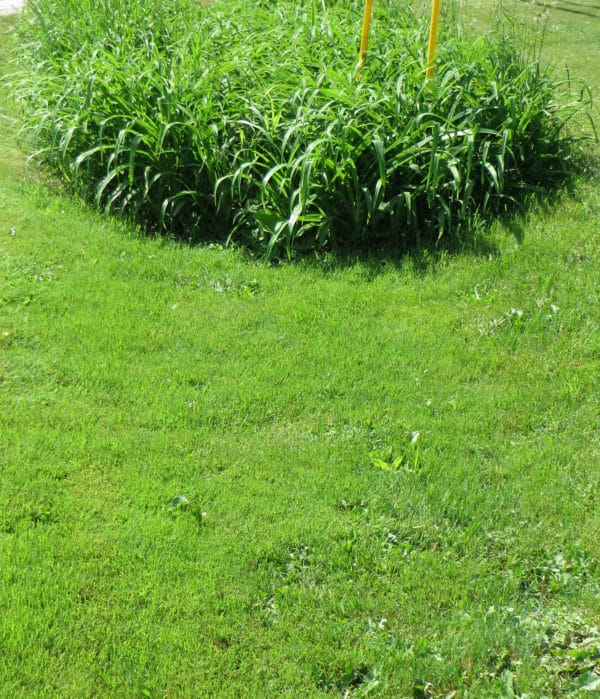Many people want a garden that is not only beautiful to look at but also practical. With a few creative preliminary considerations, you will quickly come to your desired result.
The garden gains its first solid contours when the areas are formed. The result is most striking when you consistently rely on one style, for example, rectangular or round shapes, which are equipped with strictly geometrically shaped plants or a garden design in a Mediterranean design. The natural-looking counterpart is gardens with curved lines, flowing transitions between neighboring areas, and freely growing plants. Those who strive for a mixture of both extremes should nevertheless choose a design focus and only set eye-catchers in selected places in the garden.
Garden design’s starting conditions depend on whether it is an entirely bare new building area or an outdated garden. In the second case, you should consider what needs a thorough renovation. Sometimes redesigning small areas can make a big difference.
The Perfect Terrace
A cozy garden also needs a place where you can sit together and relax after work. The terrace is the main seat of most gardens and often serves as a second living room in summer. To feel comfortable here, a few criteria should be met when designing the garden, such as enough legroom, adequate protection from the sun, wind, and prying eyes. In most cases, the terrace connects directly to the house and should not deviate significantly from the architectural style. Additional seats in the garden offer the opportunity to chat in an intimate atmosphere and relax in peace.
For the stay on the terrace to be as comfortable as possible, the floor space should offer enough space for furniture and guests: stretch out your legs and leave your seat without having to start large rearrangements is an essential point. The required space on the terrace increases if accessories and potted plants are to be accommodated. The terrace can be optically enlarged to offer space for celebrations by creating a seamless transition to the lawn. This now offers more seating options.
Create A Lawn
There is a lawn in almost every home garden. When the terrace, seating area, and paths have been paved, and hedges, roses, and perennials have been planted, the remaining bare earth is sown with grass. Mostly it is an area in the middle of the property – an exciting garden looks different! The green carpet offers many design options if you include it in the planning. On a garden floor plan, you can let your creativity run free with pencil and colored pencils and play with the different shapes or you can seek out professionals’ example earth development or any other individual.
A large lawn area can be interrupted by large stone slabs. The reverse principle is also impressive: mini lawn areas that loosen up a large paved area. The slabs or paving stones must be installed a little deeper than the lawn so that there are no disturbing thresholds when mowing. The lawn should generally be a little higher than the adjacent paths and beds to create a three-dimensional edge. To keep this effect as long as possible, you can enclose it with a steel band or with a narrow strip of paving stones. If there is no such edging, the lawn edge is regularly cut off with a spade or a special edge cutter.

